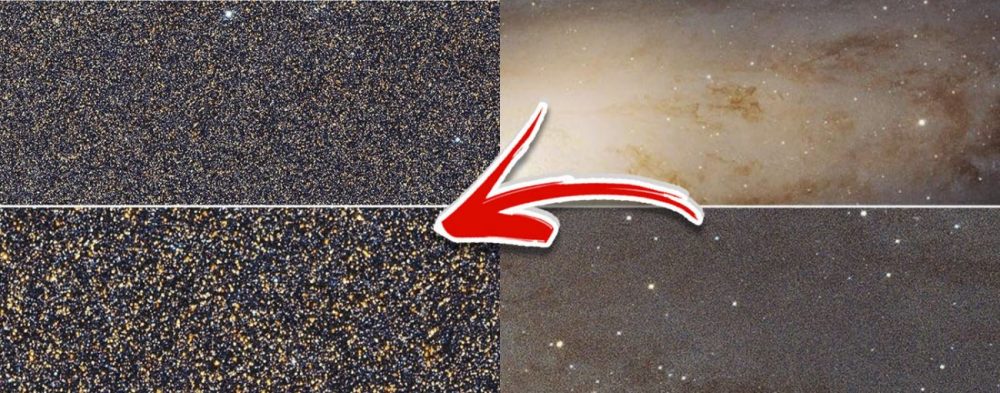The inherent differences between AI and human cognition suggest that AI represents a form of "alien" intelligence.
As we advance deeper into the realm of artificial intelligence (AI), the prospect of encountering non-human intelligence becomes increasingly intriguing. AI systems, particularly Large Language Models, operate in ways fundamentally different from the human brain. These systems require significant amounts of power, utilize silicon instead of organic material, and transmit signals at light speed, underscoring their distinct nature compared to human neural processes.
The inherent differences between AI and human cognition suggest that AI represents a form of “alien” intelligence. Professor Avi Loeb posits that while we can train AI to align with human values, this might ultimately be akin to “putting lipstick on a pig.” The intrinsic disparities between AI and human intelligence may offer a preview of the kind of encounters we might have with extraterrestrial technologies.
The Drake equation provides little clarity on the likelihood of such encounters. Over billions of years, a single advanced civilization in the Milky Way could potentially populate interstellar space with self-replicating AI-equipped probes. These probes, capable of reproducing using raw materials found in space, mirror the reproductive strategies of terrestrial microbes.
Both human brains and AI systems are constrained by their power supply. The human brain consumes about 20% of the body’s metabolic energy, a requirement met through natural resource acquisition. Similarly, AI’s exponential growth is expected to plateau within a few decades due to power limitations.
Extrapolating this to extraterrestrial probes, their intelligence will also be limited by available energy. The energy a probe can harness from a star decreases with distance, making close proximity to stars, such as our Sun, advantageous. Within the habitable zone, probes can find liquid water and potentially convert it into fuel through electrolysis, making planets like Earth attractive refueling stations.
Functional interstellar probes near Earth
The arrival of functional interstellar probes near Earth would likely be driven by practical needs rather than an interest in humanity. Like strangers in a bustling city, extraterrestrial probes may have no particular interest in us. However, we might still benefit from their insights or seek to align our interests with theirs, much like our interactions with AI systems. Thus, AI could stand for “alien intelligence” as much as “artificial intelligence.”
Our current telescopes cannot detect the sunlight reflected from small, meter-sized probes unless they are extremely close. Given the frequency of interstellar meteors like IM1 or IM2, millions of such objects likely exist within Earth’s orbit at any given time. The critical question is whether any of these objects are artificial and, if so, whether any are functional devices.
Professor Loeb hopes that the Galileo Project’s observatories in the U.S. will collaborate with Chile’s Rubin Observatory to identify new interstellar objects starting in 2025. Even if only one in a million of these objects is a functional device, its discovery could revolutionize our behavior, much like realizing someone is reading our emails or listening to our phone calls.
Understanding what fuels an interstellar probe could allow us to attract it for closer study. Such an encounter would provide invaluable insights into its alien intelligence. While the probe’s power limitations might restrict its intelligence, the crucial unknown is whether its capabilities surpass our own. The ultimate challenge in dealing with alien intelligence lies in the “unknown unknowns,” rather than the “known unknowns.”
As part of the broader cosmos, where intelligence has potentially emerged multiple times since the Big Bang 13.8 billion years ago, we must ponder how many intelligences exceed the parameters of the human brain. With about 100 billion neurons in the human brain, akin to the number of stars in the Milky Way or galaxies in the observable universe, the possibilities are vast.
Future AI systems could augment human capabilities, akin to alien life forms. This concept is not far-fetched; after all, our bodies host about 100 trillion bacteria, mirroring the number of stars in a galaxy cluster.





